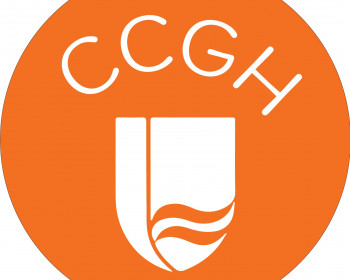Come see student fiber artists at work on the Exquisite Gorge project!
Come see students in Studio Art/Art History and Environmental Studies working with fiber arts on a collaborative project with artist Amanda Triplett. The studio space is Fields 206 and is open Mondays/Wednesdays, 11:30-2:30. Project encompasses collection of climate data from the Columbia Gorge.
A collaborative artwork involving artists and communities throughout the Columbia River Gorge, which will be unveiled to the public at the Maryhill Museum of Art in Goldendale, Washington, on August 6.
This semester, students in Studio Art/Art History and Environmental Studies have been working with artist Amanda Triplett to collect climate data from the Columbia Gorge and then interpret and visualize that data to show the impact of climate change within a fiber art installation. The Lewis & Clark community is now welcome to visit the studio where they are working, to learn about the project and different fiber techniques and to see the creative process in action. The studio space is Fields 206 and is open Mondays/Wednesdays, 11:30-2:30.

More Center for Community and Global Health Stories
Community and Global Health is located in room 307 and 309 of JR Howard Hall on the Undergraduate Campus.
MSC: 25
email communityglobalHEAL@lclark.edu
voice 503-768-7636
Jerusha Detweiler-Bedell
Director
jerusha@lclark.edu
Carolyn L. Zook
Associate Director and Pre-Health Advisor
carolynzook@lclark.edu
Alexis Rehrmann
Community Engagement Coordinator
alexisr@lclark.edu
Community and Global Health
Lewis & Clark
615 S. Palatine Hill Road MSC 25
Portland OR 97219

